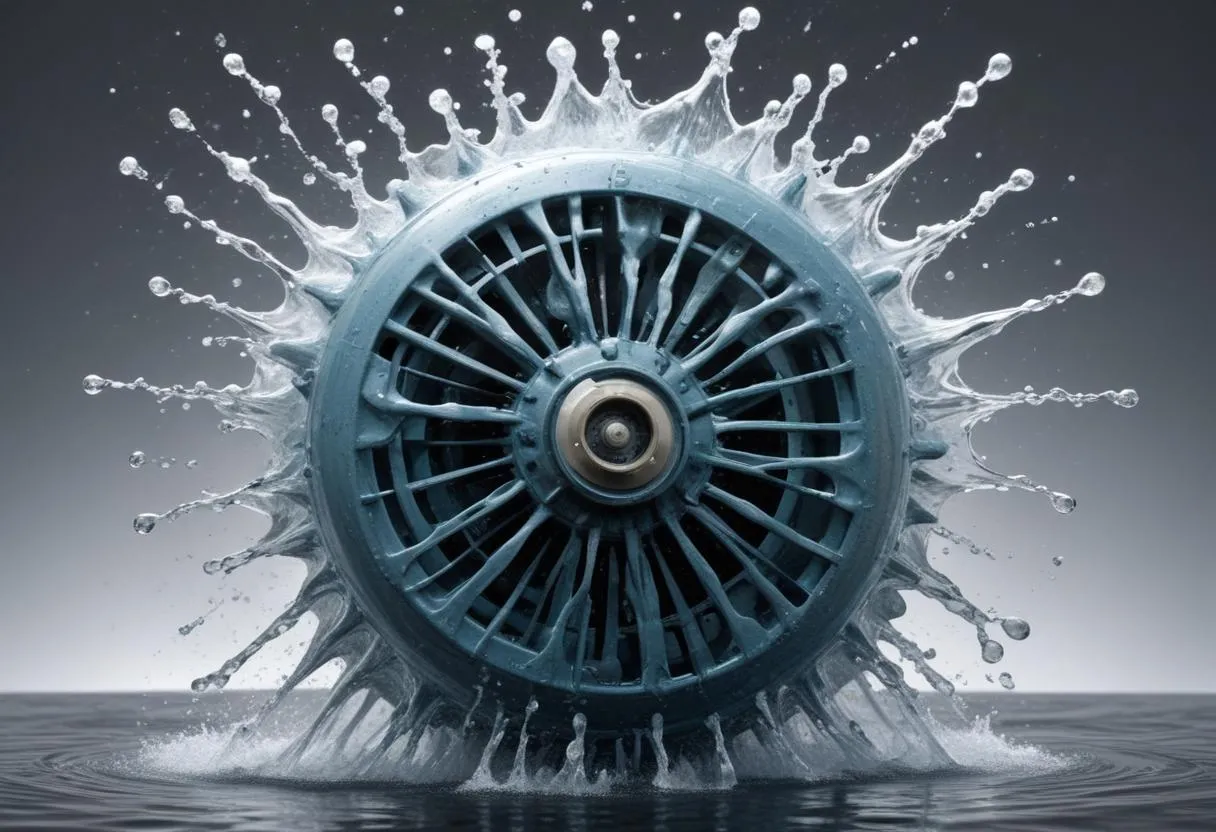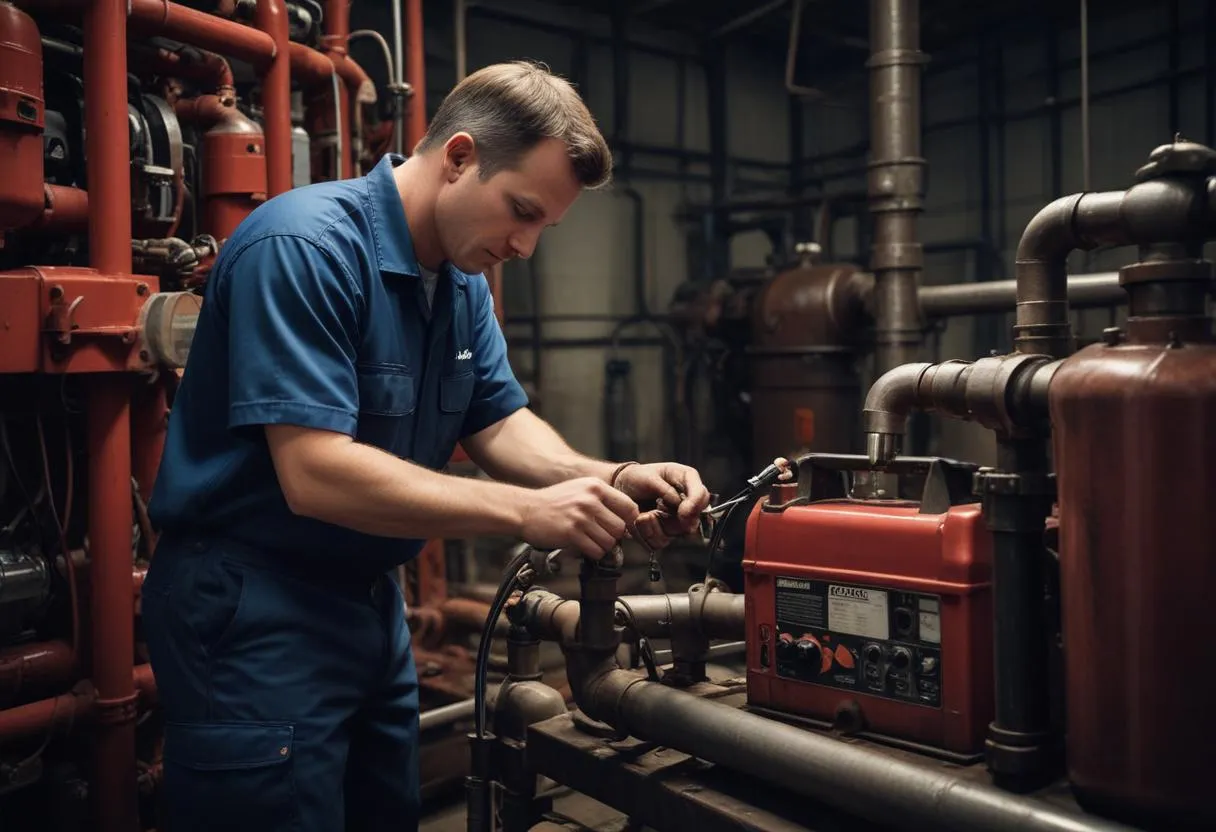 Air entrapment in pumps can lead to a range of operational problems, potentially decreasing system efficiency and shortening the lifespan of equipment. Recognizing the symptoms early can help in implementing corrective measures promptly. Here are key indicators to watch out for:
Air entrapment in pumps can lead to a range of operational problems, potentially decreasing system efficiency and shortening the lifespan of equipment. Recognizing the symptoms early can help in implementing corrective measures promptly. Here are key indicators to watch out for:
Noisy Operation: One of the most common signs of air entrapment is an increase in noise during pump operation. This noise often manifests as a rattling or knocking sound, which is typically not present under normal conditions.
Erratic Pump Performance: Air pockets can cause the flow rate of the pump to fluctuate. This inconsistency can be observed in the form of sputtering or intermittent flow, where the liquid does not stream out smoothly.
Vibration: Excessive vibration is another symptom of air being trapped within the pump. This occurs because air within the hydraulic system disrupts the steady flow of the liquid, leading to imbalance.
Heat Generation: Pumps afflicted with air entrapment issues tend to overheat. Since air does not dissipate heat as effectively as liquids, trapped air can cause the pump and the motor to run hotter than usual.
Drop in Efficiency: A notable decrease in pumping efficiency can also indicate the presence of air. This can manifest as insufficient system pressure or reduced output, making the pump work harder to achieve the same results.
Visual Observation of Air Bubbles: During inspection, visible air bubbles in the pump casing or the sight glass can directly indicate air entrapment.
Conducting regular checks and being mindful of these symptoms can help in timely identification of air entrapment issues, allowing for swifter resolution to maintain optimal pump performance.
Causes of air entrapment and preventive measures
Air entrapment in pumps can be caused by a variety of factors, ranging from system design flaws to operational errors. Understanding these causes is crucial for implementing effective preventive measures. Here are some common causes and their preventive strategies:
1. Improper Pump Installation: Incorrect installation of the pump can lead to air leaks or allow air to be sucked into the system. Ensuring that the pump is installed according to manufacturer guidelines is crucial. This includes proper alignment, sealing, and priming before the pump is put into operation.
2. Leaky Suction Lines: Air can enter the pump through leaks in the suction lines. Regular inspection and maintenance of all fittings, seals, and connections in the suction line help prevent this issue. Utilizing high-quality, durable materials for these components is also advisable.
3. Low Fluid Levels: Operating a pump with fluid levels below the required minimum can cause vortexing and subsequent air entrainment. Maintaining the correct fluid level in the reservoir is essential to avoid this problem.
4. High Pump Speeds: Operating a pump at speeds higher than those recommended by the manufacturer can lead to excessive turbulence, which is a common cause of air entrapment. It is important to monitor and control the pump speed according to operational guidelines.
5. Improperly Sized Pumping Equipment: Mismatched or improperly sized equipment can contribute to air entrapment. Ensure that the pump capacity adequately matches the system requirements. If system modifications require capacity changes, consider resizing or replacing the pump.
Preventive Measures:
- Regular System Checks: Conduct scheduled inspections and maintenance to identify and fix leaks or other potential issues before they lead to air entrapment.
- System Upgrades: Upgrade system components as needed to meet the latest standards in pump technology and efficiency, reducing the risk of operational faults that could allow air introduction.
- Employee Training: Train operational personnel on the best practices for pump operation and maintenance. Understanding the causes and prevention of air entrapment is critical for staff involved in daily pump operation.
| Cause | Preventive Measure |
|---|---|
| Improper pump installation | Follow manufacturer’s installation guidelines; ensure proper priming and alignment. |
| Leaky suction lines | Regular inspections; use high-quality materials for seals and connections. |
| Low fluid levels | Maintain adequate fluid levels to prevent vortexing. |
| High pump speeds | Control and monitor pump speeds to prevent excessive turbulence. |
| Improperly sized equipment | Ensure pump capacity matches system requirements; consider resizing if necessary. |
Implementing these strategies will significantly reduce the risk of air entrapment in pumps, thereby enhancing the efficiency and longevity of the equipment. This proactive approach not only preserves the mechanical integrity of the pump but also ensures optimal system performance.
Step-by-step guide to fixing air entrapment issues
 To effectively address and fix air entrapment in pumps, a systematic approach is required. The following step-by-step guide provides practical and technical steps to correct this common issue in pump systems. This guide assumes that the symptoms and causes of air entrapment have already been identified as outlined in the previous parts of our discussion.
To effectively address and fix air entrapment in pumps, a systematic approach is required. The following step-by-step guide provides practical and technical steps to correct this common issue in pump systems. This guide assumes that the symptoms and causes of air entrapment have already been identified as outlined in the previous parts of our discussion.
Step 1: Power Down and Depressurize the System
Before beginning any repairs, ensure the pump and the system are powered down and fully depressurized. This ensures the safety of the personnel performing the repairs and protects the system components from accidental damage.
Step 2: Inspect and Tighten Connections
Examine all pipe connections, especially at the suction side, for any signs of looseness or wear. Tighten all joints and replace worn-out seals and gaskets as required. It is critical that all connections are airtight to prevent external air from being sucked into the system.
Step 3: Check the Pump’s Seal and Gasket Integrity
Inspect the pump’s seals and gaskets for any deterioration or damage. Over time, these can become a source of air leakage. Replace any defective parts with original equipment manufacturer (OEM) components to ensure compatibility and reliability.
Step 4: Verify Proper Pump Installation
Reassess the installation setup of the pump. Ensure that the pump is aligned correctly according to the manufacturer’s specifications. Misalignment can cause not only air entrapment but also premature wear and tear of mechanical components.
Step 5: Prime the Pump
Once all physical checks and repairs have been made, thoroughly prime the pump. Proper priming removes any trapped air in the pump casing and suction pipe. Follow the manufacturer’s guidelines for priming to ensure effective removal of air.
Step 6: Start the Pump and Monitor
Restart the pump and monitor its operation closely. Listen for abnormal noises and observe the pressure and flow rates. Ensure that these return to normal operational values, indicating that the air has been effectively removed from the system.
Step 7: Implement Continuous Monitoring and Maintenance
Set up a regular maintenance schedule to periodically check and rectify any potential issues that could lead to air entrapment. Regular monitoring helps in early detection and prevents the recurrence of similar issues.
- Ensure all maintenance and checks are documented for future reference and compliance.
- Use monitoring tools and gauges to keep a constant check on system performance and integrity.
By systematically following these steps, air entrapment issues in pumps can be effectively resolved. This not only restores the efficiency and functionality of the pump but also extends the life of the system as a whole. Regular maintenance and vigilant monitoring are key to preventing future occurrences and ensuring smooth, uninterrupted operations.